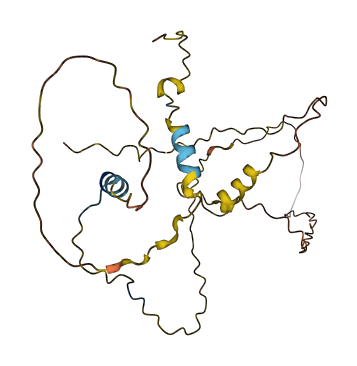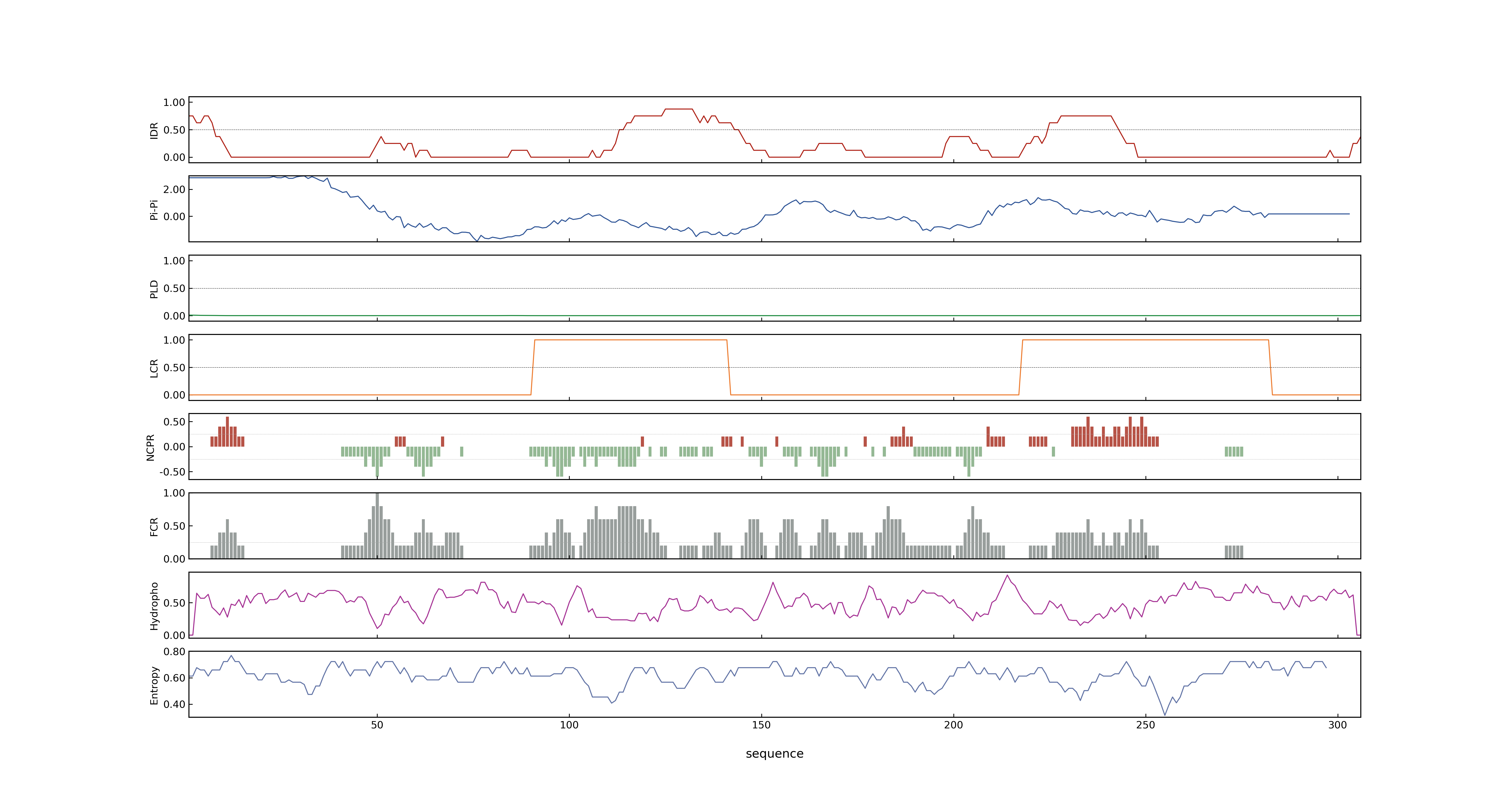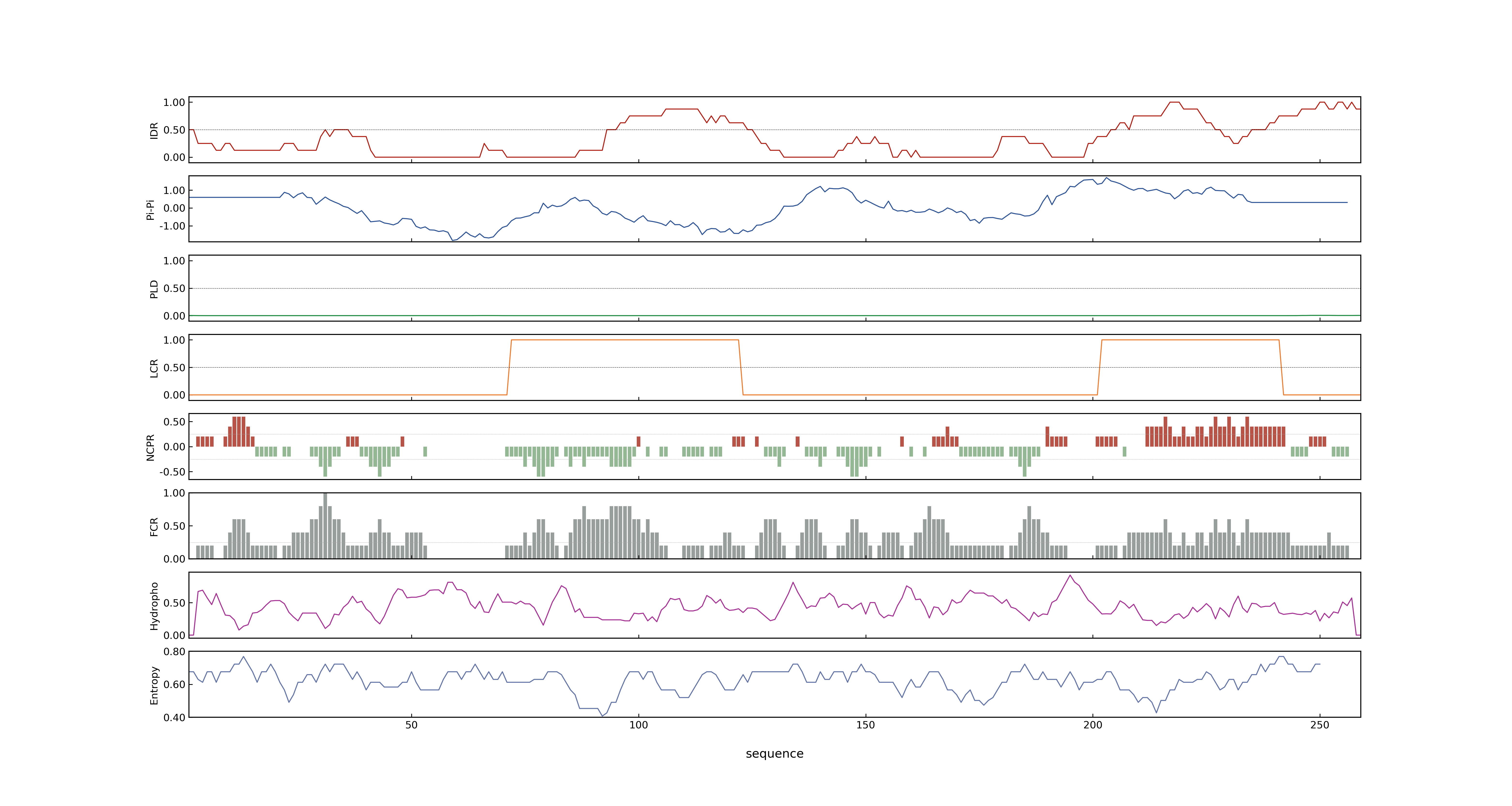- Information
- Symbol: TAC1
- MSU: LOC_Os09g35980
- RAPdb: Os09g0529300
- PSP score
- LOC_Os09g35980.1: 0.1885
- LOC_Os09g35980.2: 0.2715
- PLAAC score
- LOC_Os09g35980.1: 0
- LOC_Os09g35980.2: 0
- pLDDT score
- 55.27
- Protein Structure from AlphaFold and UniProt
- MolPhase score
- LOC_Os09g35980.1: 0.94779825
- LOC_Os09g35980.2: 0.98772394
- MolPhase Result
- Publication
- Molecular evolution of the TAC1 gene from rice Oryza sativa L., 2012, J Genet Genomics.
- TAC1, a major quantitative trait locus controlling tiller angle in rice, 2007, Plant J.
- Over-expression of OsPIN2 leads to increased tiller numbers, angle and shorter plant height through suppression of OsLAZY1, 2012, Plant Biotechnol J.
-
Genbank accession number
- Key message
- OsPIN2-over-expressing plants had suppressed the expression of a gravitropism-related gene OsLazy1 in the shoots, but unaltered expression of OsPIN1b and OsTAC1, which were reported as tiller angle controllers in rice
- TAC1 was mapped to a 35-kb region on chromosome 9 using a large F(2) population from crosses between an indica rice, IR24, which displays a relatively spread-out plant architecture, and an introgressed line, IL55, derived from japonica rice Asominori, which displays a compact plant architecture with extremely erect tillers
- The data suggest that OsPIN2 has a distinct auxin-dependent regulation pathway together with OsPIN1b and OsTAC1 controlling rice shoot architecture
- Our previous work identified Tiller Angle Control 1 (TAC1) as a major quantitative trait locus that controls rice tiller angle
- 5-kb intron from ‘AGGA’ to ‘GGGA’ decreases the level of tac1, resulting in a compact plant architecture with a tiller angle close to zero
- 00112, respectively, further indicate that TAC1 has been highly conserved during the course of rice domestication
- A phylogenetic tree derived from TAC1 sequence analysis suggests that the indica and japonica subspecies arose independently during the domestication of wild rice
- This research demonstrates that tiller angle is controlled by a major quantitative trait locus, TAC1 (Tiller Angle Control 1)
- TAC1, a major quantitative trait locus controlling tiller angle in rice
- Connection
- OsPIN2, TAC1, Over-expression of OsPIN2 leads to increased tiller numbers, angle and shorter plant height through suppression of OsLAZY1, OsPIN2-over-expressing plants had suppressed the expression of a gravitropism-related gene OsLazy1 in the shoots, but unaltered expression of OsPIN1b and OsTAC1, which were reported as tiller angle controllers in rice
- OsPIN2, TAC1, Over-expression of OsPIN2 leads to increased tiller numbers, angle and shorter plant height through suppression of OsLAZY1, The data suggest that OsPIN2 has a distinct auxin-dependent regulation pathway together with OsPIN1b and OsTAC1 controlling rice shoot architecture
- TAC1, TAC3, A Novel Tiller Angle Gene, TAC3, together with TAC1 and D2 Largely Determine the Natural Variation of Tiller Angle in Rice Cultivars., A Novel Tiller Angle Gene, TAC3, together with TAC1 and D2 Largely Determine the Natural Variation of Tiller Angle in Rice Cultivars.
- TAC1, TAC3, A Novel Tiller Angle Gene, TAC3, together with TAC1 and D2 Largely Determine the Natural Variation of Tiller Angle in Rice Cultivars., A nucleotide diversity analysis revealed that TAC3, D2 and TAC1 have been subjected to selection during japonica domestication
- TAC1, TAC3, A Novel Tiller Angle Gene, TAC3, together with TAC1 and D2 Largely Determine the Natural Variation of Tiller Angle in Rice Cultivars., A haplotype analysis identified favorable alleles of TAC3, D2 and TAC1, which may be used for breeding plants with an ideal architecture
- TAC1, TAC3, A Novel Tiller Angle Gene, TAC3, together with TAC1 and D2 Largely Determine the Natural Variation of Tiller Angle in Rice Cultivars., In conclusion, there is a diverse genetic basis for tiller angle between the two subpopulations, and it is the novel gene TAC3 together with TAC1, D2, and other newly identified genes in this study that controls tiller angle in rice cultivars
Prev Next


